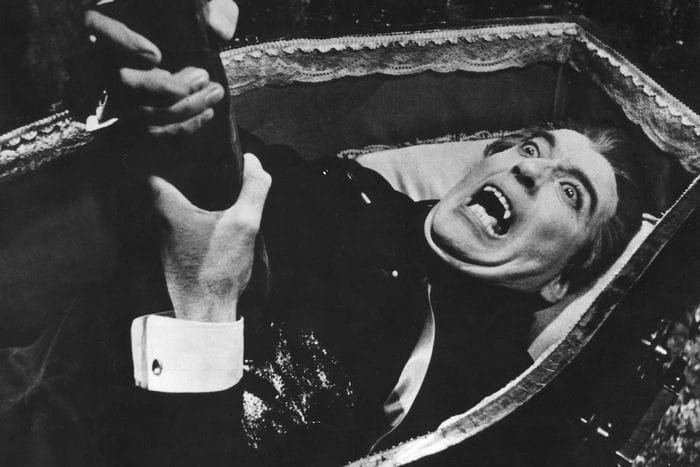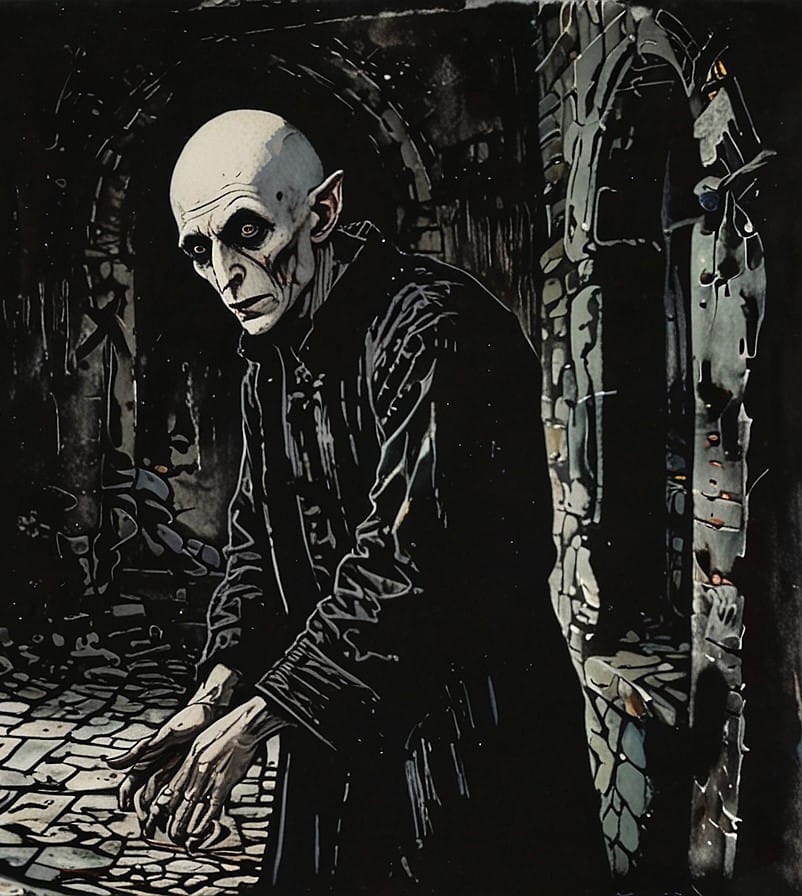Vampires
Vampires are iconic mythical beings. They appear in folklore and fiction worldwide. These creatures are typically undead. They sustain themselves by feeding on the living, often consuming blood. Their enduring appeal lies in their mystery and power.
Vampire lore varies greatly. Common traits include sharp fangs and immortality. They often possess supernatural strength or speed. Weaknesses can include sunlight, stakes, or garlic. Some versions turn victims into new vampires. Their origins trace back to ancient myths. Different cultures have unique interpretations.
Famous literary vampires shaped their image. Bram Stoker’s Dracula defined the modern vampire. Anne Rice’s Vampire Chronicles brought romantic depth. Modern stories often explore their struggles and morality. Vampires symbolize both allure and terror. They remain captivating figures in popular culture. Their dark elegance continues to fascinate audiences.

Dracula
The Myth and Its Cultural Impact The myth of Dracula, one of the most enduring and influential figures in Gothic literature and popular culture, is deeply rooted in Eastern European folklore and history. The character of Count Dracula was immortalized by Irish author Bram Stoker in his 1897 novel “Dracula”. However, the origins of the…

Nosferatu
Origins of a Vampire Nosferatu is a name synonymous with the vampire mythos, evoking images of eerie castles, sinister shadows, and the timeless allure of the undead. Originating from folklore and immortalized in cinema, Nosferatu has become an iconic figure in popular culture, symbolizing the enduring fascination with vampires. The term “Nosferatu” is believed to…


